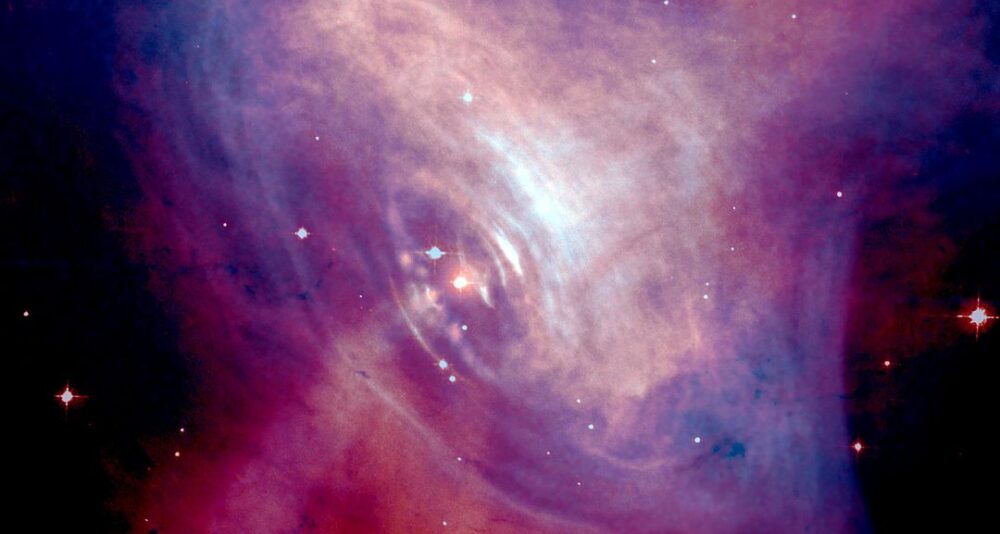The study of very-high-energy (VHE) emission from rotation-powered pulsars entered a new era ten years ago with the detection of pulsed emission from Crab at energies in the range 25-400 GeV by MAGIC. This was quickly followed by pulsed detections above 100 GeV by VERITAS, and up to 1.5 TeV with MAGIC. Most recently, HESS has announced detection of pulsed emission from Vela from 20 GeV to above 3 TeV. MAGIC has, also, announced detection of pulsed emission from Geminga. Emission up to 1 TeV appears to connect smoothly to the GeV spectra measured by Fermi, except for the emission above 3 TeV from Vela, which may be a separate component. In the near future, CTA will provide improved sensitivity in two energy domains very much relevant for pulsar physics, namely 30-100 GeV and the multi-TeV range. Meanwhile, there has been a huge theoretical and numerical effort to understand the origin of γ-ray emission in pulsars. Several magnetospheric emission models purport to account for the Fermi spectra with curvature radiation. Several additional models (synchrotron, inverse-Compton, cyclotron or synchrotron self-Compton etc.) have been proposed to account for the pulsed emission above 100 GeV. Unfortunately, the predictive power of current models is at best weak.
We have assembled an International Team of Experts on pulsar γ-ray observations and pulsar magnetosphere modelling. The Team will present, compare, and evaluate various theoretical and numerical models based on their ability to reproduce best the VHE pulsed spectra of Crab, Vela and Geminga. It will quantify their limitations, will propose avenues beyond the current state-of-the-art (e.g. hybrid modeling, new numerical methods, new emission sites), and will make predictions that will be tested with CTA. A review of the Team’s conclusions and recommendations is expected at the end of the project. This effort aims to achieve a deeper understanding of combined space and ground GeV–TeV observations through joint multidisciplinary research, and to pave the way for future international collaborations, and improved high-energy pulsar modeling.
